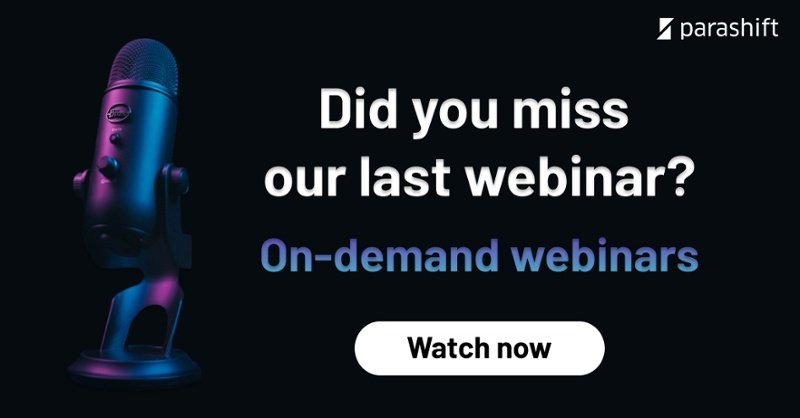Bill Gates is still pretty much spot on today with his statement that the first rule for any technology used in a company is that the automation of an efficient process increases efficiency and the second that the automation of an inefficient process only increases inefficiency. For a company, it is essential not to simply automate processes blindly, but to first determine exactly where automation can actually create process optimization. Practically every company is now bursting with data that should be put to better use. Process visualization on the whiteboard is a thing of the past; the modern equivalent is called process mining. Based on the numerous existing data stored in an enterprise resource planning system (ERP), process mining combines analyses from business process management (BPM) and data mining and creates comprehensible visualizations. Or in other words: process mining is a control freak and perfectionist, is at the same time detector of all weak points and catch basin for the big gold nuggets. In this article, you will learn how procure-to-pay (P2P) and order-to-cash (O2C) processes in a company can be transformed in line with the digital age.
Invoice X is received and recorded by the company, the invoice is processed, verified and finally approved for payment. What reads like the perfect payment process is also known in process mining as the “happy path”. In business reality, however, this path is usually neither so simple nor so happy. After all, not just one single invoice is received per day, but hundreds or even thousands of invoices, depending on the size of the company. The actual and realistic flow of a P2P process is much more complex, as is that of its equivalent, the O2O process. In a company, both processes are based on collaboration from different departments, which can cause significant problems in the flow, especially in manual processes. In the case of the P2P process, this is the purchasing department and accounts payable, while in the case of the O2C process it is order management and accounts receivable. Both P2P and O2C consist of process flows that in theory, as seen in the example with invoice X, just flow through from A to Z. In reality, however, this is more like the following. In reality, however, it looks more like this: Invoice X is received by the company and is entered (possibly even manually), but relevant data from the vendor is missing. The process is already stalled, now data has to be requested (possibly even manually and in-house) or the contract (if available in the system) has to be checked. The invoice has to be checked again and can then be approved for payment if correct or has to be checked again if data is still missing or the invoice differs. This may well be the mundane and frustrating way of the process of a single invoice in the company. But it shouldn’t.

From manual guess work to precise insights and optimizations
Fortunately, such devastating process flows no longer have to be identified using manual methods such as workshops and employee meetings, but are revealed automatically and with millimeter precision using process mining technology. Like a magnifying glass, process mining zooms into the P2P and O2C process flows and uncovers the individual weak points, bottlenecks and inefficient processes with the help of all existing and relevant data in the ERP system. Thus, process mining always analyzes based on data and facts, creates an event log of the P2P or O2C process flows and presents on a silver platter the most effective optimizations, as the case may be in the form of automations of individual processes in the complex P2P and O2C process flows. Process mining very quickly reveals that delays occur in individual, manually managed processes, that there is a high susceptibility to errors, for example due to a lack of clarity or the many interactions between those involved, and that the entire P2P or O2C process is therefore completely delayed. This is where intelligent, AI-based OCR (Optical Character Recognition) comes into play, which is perfect for automating manual and error-prone document capture sub-processes in P2P and O2C process flows. For example, OCR software automatically recognizes, captures and structures incoming invoices in the P2P process, reducing errors and significantly optimizing speed. In the O2C process, for example, the OCR solution can be used to process customer orders that cannot be received via EDI or Internet-based IOS (Inter-Organizational Systems) and processed directly by machine.
For the enterprise of the future, especially the larger ones among them, there is no way around process mining. And when combined with intelligent, AI-based OCR, automation are integrated to provide the finest synergies in P2P and O2C process flows.
